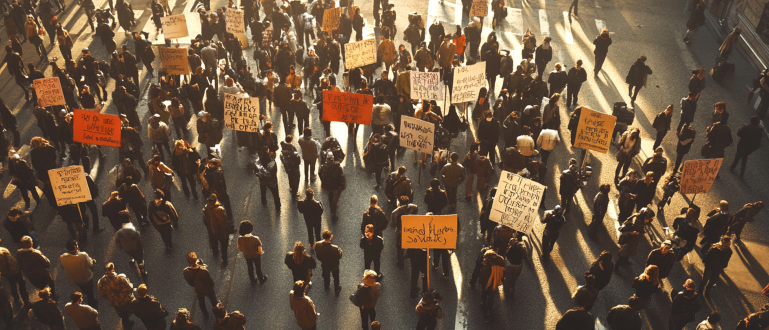
How Maps Influence Politics and Culture
Maps are far more than directional tools; they are visual representations of power, identity, and perception. Beyond their geographical function, maps have played a significant role throughout history in shaping political boundaries and influencing cultural narratives. From colonial cartography that defined empires to modern digital maps that affect geopolitical debates, the way we draw and interpret maps can have deep socio-political and cultural implications.
Here’s a closer look at how maps influence politics and culture—and why understanding them is more than just a matter of geography.
Political Power in Every Line
Maps often serve as instruments of authority. Whoever controls the map usually controls how land is perceived, managed, and contested. Political boundaries drawn on maps are not just lines—they often signal sovereignty and national identity. These boundaries impact everything from voting districts to resource control and international relations.
One of the most controversial examples of maps influencing politics is the drawing of national borders during colonial rule. These arbitrary lines laid the groundwork for decades of conflict, illustrating how mapmaking can shape political instability.
Cultural Identity and Perception
Maps do more than define spaces; they define people. The inclusion or exclusion of a city, language, or landmark can symbolize recognition or denial of cultural identity. For instance, debates over the naming of places highlight how maps can be battlegrounds for cultural assertion.
Additionally, cultural maps, which display information such as language, religion, and ethnicity, influence how groups see themselves and others. These maps can either unify communities through shared identity or incite division by emphasizing differences.
The Power of Map Projections
Not all maps are created equal. The most commonly used map in classrooms and offices—the Mercator projection—distorts the size of countries near the poles, making countries appear larger than they are, while minimizing the size of equatorial nations This distortion can reinforce skewed perceptions of global power and importance. Maps like the Gall-Peters projection offer a more accurate area representation, but they’re less visually intuitive. Choosing which map to use isn’t just a technical decision—it can carry political and cultural weight.
Digital Maps and Modern Politics
Today, digital maps can shape political truths with a few pixels. For example, how a platform displays contested regions depends on the user’s location due to local laws and political environments.
Furthermore, these platforms wield incredible influence over businesses and transportation. A location mislabel can affect a business’s bottom line or even put people in danger in politically sensitive areas. The digital map isn’t just a neutral technology—it’s a dynamic artifact reflecting global systems of power and ideology.
Art, Activism, and Counter-Mapping
In response to political and cultural dominance in traditional cartography, many communities have turned to counter-mapping—creating maps that challenge the status quo. These can include Indigenous groups mapping ancestral lands or activists producing maps of underrepresented communities and environmental damage.
Artists, too, use maps as a canvas to comment on social or political issues. This form of artistic mapmaking lets people reclaim narratives that have long been ignored or suppressed. It proves that maps aren’t just scientific—they’re also deeply personal and expressive.
Conclusion: Maps Are Mirrors of Society
Maps influence how we see the world—and how the world sees us. They carry the weight of political claims, the pride of cultural identity, and the biases of those who create them. Recognizing the power of maps allows us to be critical of the information they present and the narratives they support.
For travelers, educators, and policymakers alike, understanding how maps shape politics and culture isn’t just academically valuable—it’s essential in an interconnected world where boundaries and identities are constantly challenged.
